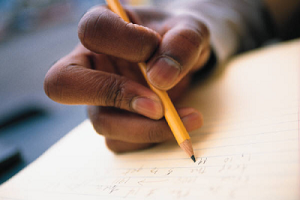Autism in Children: Physical Development
Posted by PLB · Leave a Comment

 Autism in children may cause physical delays. Some people with autism have serious digestive issues. Physical development is the foundation for neuro-development.
Autism in children may cause physical delays. Some people with autism have serious digestive issues. Physical development is the foundation for neuro-development.
Changes in the lower brain like the cerebellum affect balance and coordination. The muscle tone of children with autism may also be different from that of typical students. Most of the time, both gross and fine motor activities are affected by autism in children. Adjusting the tightness or looseness of muscles is a job of the Lower Brain.
Making smooth changes and transition of muscles can be difficult for those on the spectrum. For these students, lack of a mental map of the body and an inability to adjust to gravity often interfere with their large motor movements. This can result in their movements being slow or unpredictable. And, this issue often makes regular gym course and sports difficult. That said, organized regular movement programs are very healthful for all students, especially those on the spectrum.
Fine motor activities such as writing, drawing and music making are also difficult motor issues for those on the spectrum
How can you help the students with autism in your classroom to overcome these physical hurdles?
From Professional Learning Board’s online continuing education course for teachers: Introduction to Autism



